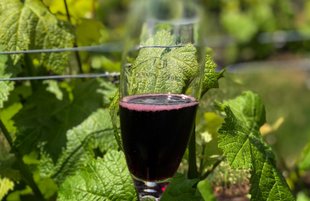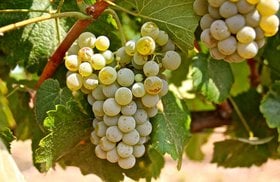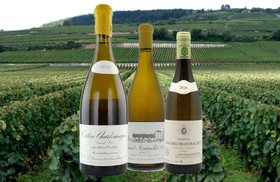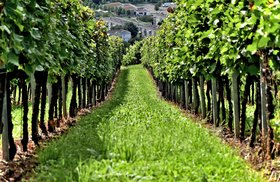Vinho Verde (Wine Styles, Best Wines, Prices 2025)
Curious to know more about Vinho Verde wine before you buy a bottle or two?
Interestingly, Vinho Verde (Portuguese for ‘green wine’) is neither a grape nor a style of wine. It is a Portuguese wine region that produces delicious whites, reds, and roses.
Vinho Verde wine has soared in popularity in the past decade due to its irresistible fruity flavor, festive fizziness, and freshness.
In this article, dive into Vinho Verde’s history, winemaking practices, and food pairings - after which, we bet you’ll want to try some of this Portuguese wine for yourself.
And if you want to invest in some of the best wines from Portugal and other wine regions, we’ll show you the smartest way to do it.
Further reading
- Calling all wine collectors! Discover Investment-grade wines with the help of this Guide To Wine Investing.
- Enter the magical realm of exquisite French wine starting with these Chateau Mouton Rothschild and Guigal Wines.
The Vinho Verde Wine Region

Vinho Verde is located in northwest Portugal and is the biggest Portuguese wine region. The Vinho Verde region starts at the Minho river, near the border with Spain, and ends at the Douro river in the south.
The Vinho Verde wine region has nine subregions, named after towns or rivers:
- Monção and Melgaço
- Lima
- Cávado
- Ave
- Basto
- Amarante
- Baião
- Sousa
- Paiva
The white, red, and rose wine blends made in Vinho Verde are released very young, just a few months after harvesting.
Some say that “Verde” refers to the green grapes which ripen late due to the cool weather.
The most famous wine of Vinho Verde is its white wine which has gentle fizzy elements (resulting from the carbonation in the bottle.)
Now let’s look at the origins of this popular wine region.
A Brief History of Vinho Verde

Many believe that this area predates the Romans’ arrival nearly 2,000 years ago.
After 870 AD, religious groups planted vineyards in the region and continued to grow them for centuries due to tax concessions.
The Vinho Verde wineries mainly produced wines for local consumption, but some of the wine was exported to England, Germany, and Flanders between 1101 and 1200.
Between 1501 and 1600, growing maize became popular in the wine region. To increase the maize crops, legislation required vines to be grown only on the field margins.
In 1908, the Vinho Verde wine region was formally recognized by the law. Vinho Verde was officially granted the Denominação de Origem Controlada (DOC) status in 1984.
In 1986, Portugal joined the European Union. This widened the export market of Vinho Verde wines, making them popular all over the world.
In the past, the Vinho Verde vineyards were mainly held by small wineries, but over the last few years, the region has welcomed big producers like Aveleda.
Let’s look at the grapes grown in the Vinho Verde region.
Grapes Grown in Vinho Verde
There are many grape varieties used in the Vinho Verde blends, and some are used for single varietal wines:
A. White Grapes of Vinho Verde
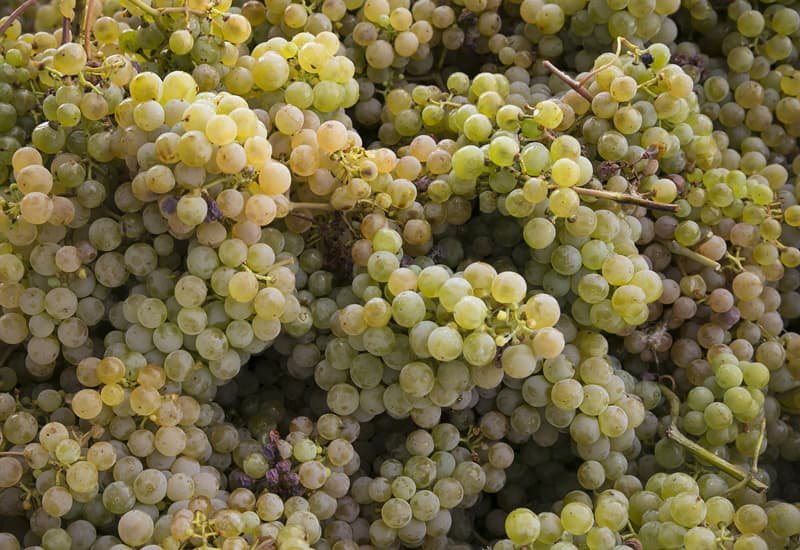
These are some of the popular white grapes used in the Vinho Verde wines:
- Alvarinho (called Albariño in Spain): This grape is found chiefly in the subregions of Monção and Melgaço, between Lima and the Spanish border in Northern Minho. The grape is planted in other subregions as well.
- Arinto (Pedernã): Known for its high acidity, this grape variety is found in the warmer areas of Basto and Amarante.
- Avesso: Common in the subregions of Amarante, Baião, Sousa, and Paiva, these fragrant grapes are not as acidic as other grapes in Vinho Verde.
- Azal Branco: This is the second most planted grape variety in the Vinho Verde region. However, Azal Branco is not used in single-varietal wines and is often blended with Alvarinho and Avesso grapes. It’s found in the areas of Amarante, Basto, Baião, and Sousa.
- Batoca: Found in the eastern region of Basto, this grape was traditionally grown to lend a distinct smoothness to the Vinho Verde wine blends.
- Loureiro: This grape variety is popular in the coastal areas of Ave, Cavado, Lima, and Sousa. The winemaker Anselmo Mendes creates outstanding single-varietal Loureiro wines from these areas.
- Trajadura: This grape is mainly planted in the Minho region. It has large berries that grow in clusters.
B. Red Grapes of Vinho Verde
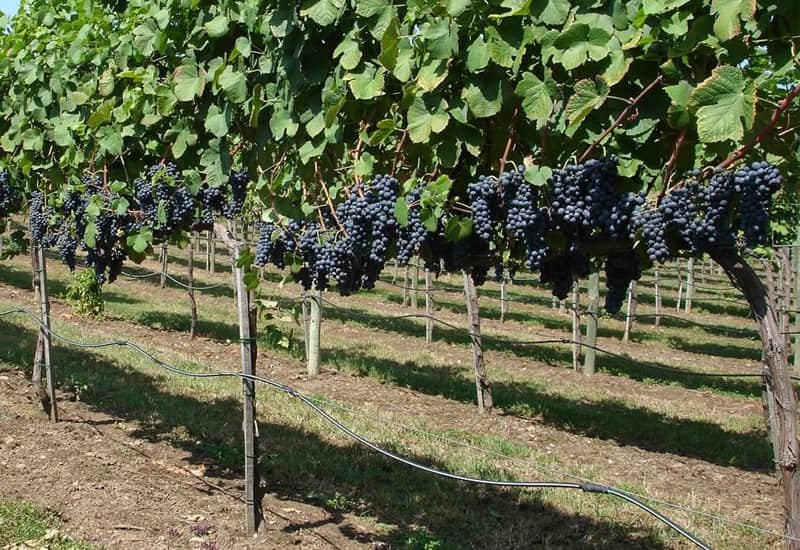
Here we have the red grapes used to make red Vinho Verde wine. Most of these grapes are used to make Rose wines, too.
- Padeiro: Also known as Tinta Cao, this rare grape is used in different red wine blends. Some winemakers use Padeiro to make single-variety Rose wines.
- Alvarelhão: The popularity of the Alvarelhao grape sagged in the 20th century. But, in recent years, the grape experienced a resurgence and is now used in red Vinho Verde wines.
- Espadeiro: The acidity of this red grape makes it ideal for both red and rose wines.
- Vinhao: This is the most planted red grape in the Vinho Verde region. The Vinhao grape is included in many different blends due to its high acidity and firm tannins.
Other red grape varieties are: Amaral (Azal Tinto), Borraçal, Brancelho, Pedral, and Rabo de Ovelha.
Let’s discover the vine growing and winemaking techniques used by the producers in Vinhos Verdes.
Vinho Verde Viticulture and Winemaking
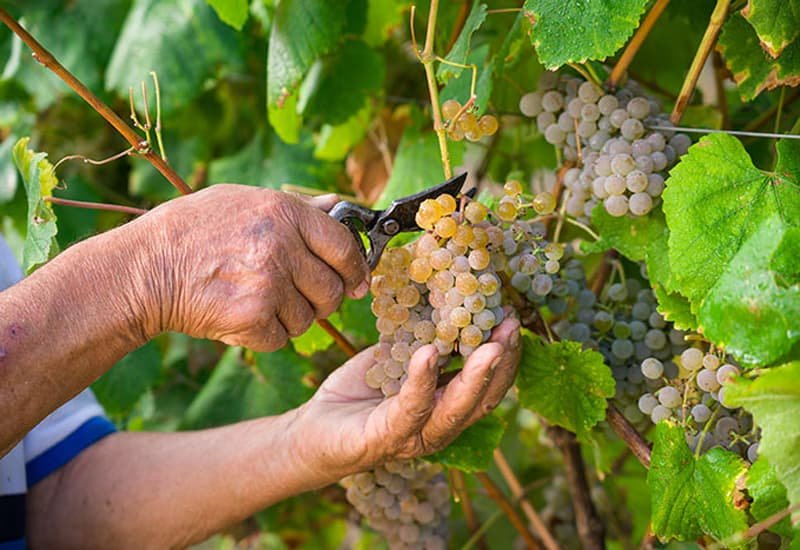
The Vinho Verde region in Minho has 15,500 hectares of vineyards. The terroir consists of granitic soil and a cool, rainy climate perfect for vine growth.
Wine producers in Vinho Verde grow their vines high above the ground (on trees, telephone poles, fences, wires, and more). They do this to allow better sun exposure, to prevent humidity and fungal diseases, and to free up space to grow other crops.
Northern Portugal is a very humid area, and some wineries have struggled to implement organic farming practices. However, some winemakers have successfully achieved this, and others have even become entirely biodynamic.
Organic vineyards use natural fertilizers, while biodynamic vineyards have a more integrated farming system — for example, they use local herbs to nourish each vine.
The Vinho Verde Wine Making Process
The vinification process of Vinho Verde wines is relatively quick.
The wine is bottled soon after fermentation. This allows malolactic fermentation to occur in the bottle. The released carbon dioxide is trapped in the bottle and dissolves in the wine, creating the distinct Vinho Verde fizzy mouthfeel.
Some winemakers may also add carbon dioxide artificially, and others completely omit adding carbonation.
Flavor Profiles of Vinho Verde Wines

Vinho Verde wines are light with 10-12% ABV, natural acidity, and a gentle effervescence.
Many have likened drinking a Vinho Verde to sipping on a glass of sparkling wine. However, the Vinhos Verdes have lower carbon dioxide pressure compared to Prosecco or Champagne.
The white wines have a lemon hue and a range of tropical fruit and floral notes, depending on the grape variety used.
The red wine has a ruby hue and firm tannins, while the roses are refreshing and fruity.
The Best Food To Try With Vinho Verde Wines
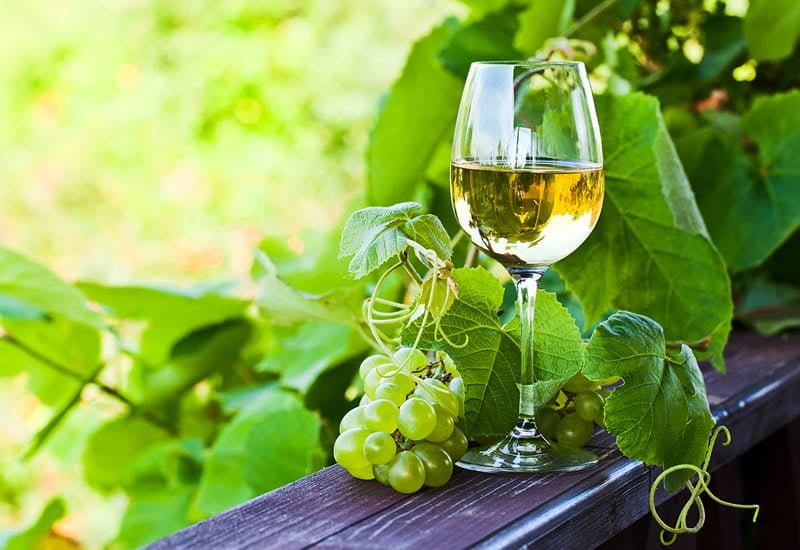
Vinho Verde wine is a popular summer-time brunch drink in Portugal and around the world.
It goes well with most types of food. Pair the wine with light dishes like salads and chicken or more filling meals like potato and pork dishes.
The white Vinho Verde also goes great with seafood dishes, which are very popular in Portuguese cuisine. It pairs great with cod, monkfish, and shrimp served with creamy sauces or rice on the side.
Now let’s explore the best Vinho Verde wines.
8 Vinho Verde Wines To Buy in 2024 (Including Prices, Tasting Notes)
Here are the top 8 Vinho Verde wines we picked for you:
1. 2018 Quinta de Santiago 'Santiago na Amphora do Rocim' Alvarinho, Vinho Verde, Portugal
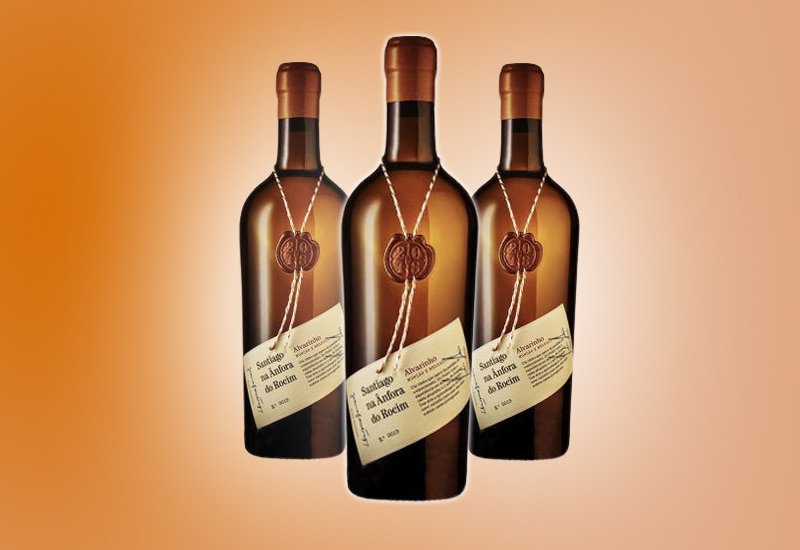
This white Vinho Verde wine is bright with notes of lemon, seawater, and peach on the nose. It’s light and breezy with crisp acidity, slight effervescence, and a long finish.
Price of 2018 Quinta de Santiago 'Santiago na Amphora do Rocim' Alvarinho, Vinho Verde, Portugal: $36
2. 2014 Anselmo Mendes 'Parcela Unica' Alvarinho, Vinho Verde, Portugal
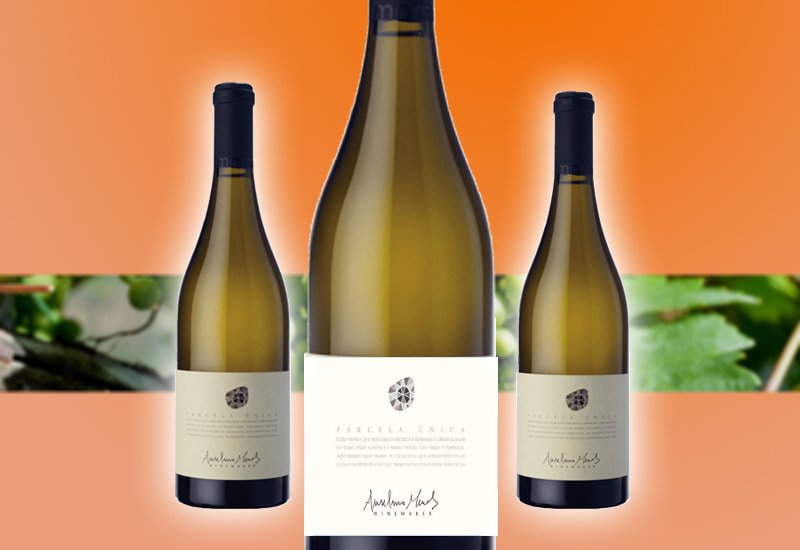
Made with the Alvarinho grape, this full-bodied white wine has a pale yellow hue with stone fruit notes. It has a refreshing acidity with fruity flavors of ripe apples. It also has floral notes and a hint of sweetness on the palate.
Price of 2014 Anselmo Mendes 'Parcela Unica' Alvarinho, Vinho Verde, Portugal: $37
3. 2017 Anselmo Mendes 'Parcela Unica' Alvarinho, Vinho Verde, Portugal
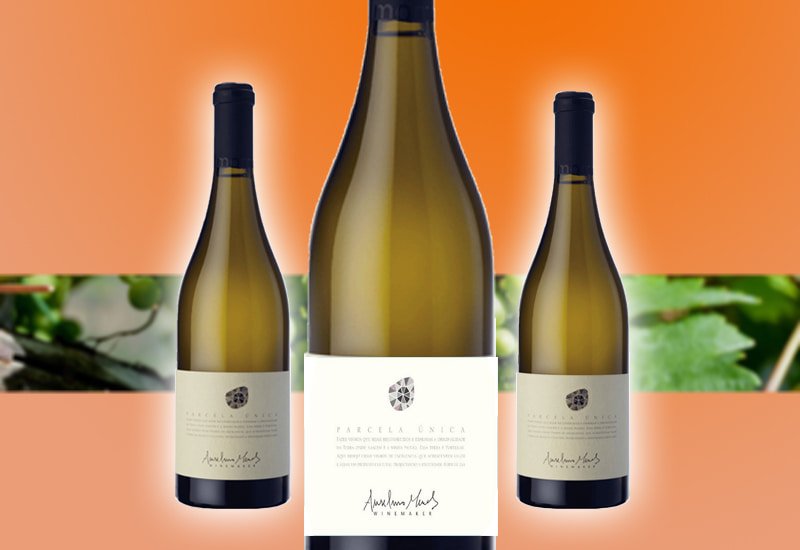
This delectable wine from the Vinho Verde region is complex with crisp acidity. It has tropical, citrus fruit elements like orange zest and fruity jams. This wine has notes of vanilla and floral aromas accompanied by a creamy, lasting finish.
Price of 2017 Anselmo Mendes 'Parcela Unica' Alvarinho, Vinho Verde, Portugal: $34
4. 2016 Quinta de Soalheiro Alvarinho Reserva Vinho Verde, Portugal
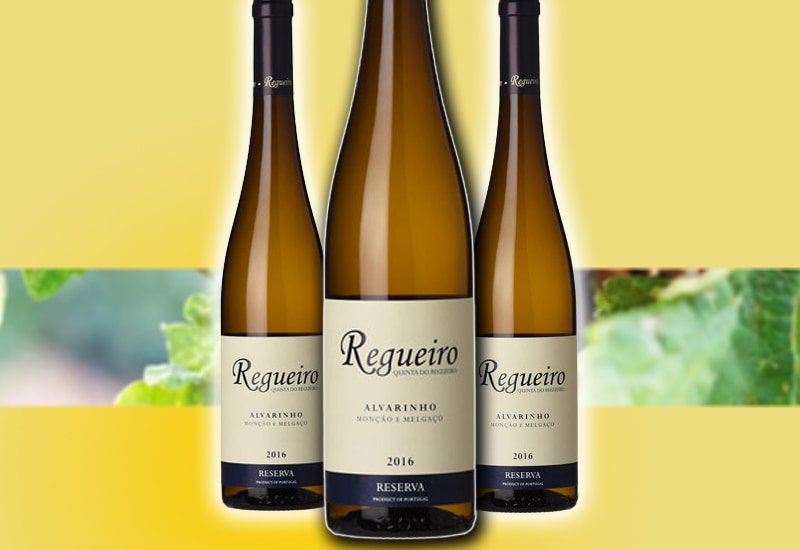
This Portuguese wine is medium-bodied and has aromas of citrus fruits, ripe pear, and lime. It has good minerality, refreshing acidity, and a nice texture.
Price of 2016 Quinta de Soalheiro Alvarinho Reserva Vinho Verde, Portugal: $47
5. 2011 Anselmo Mendes Curtimenta Alvarinho Vinho Verde, Portugal
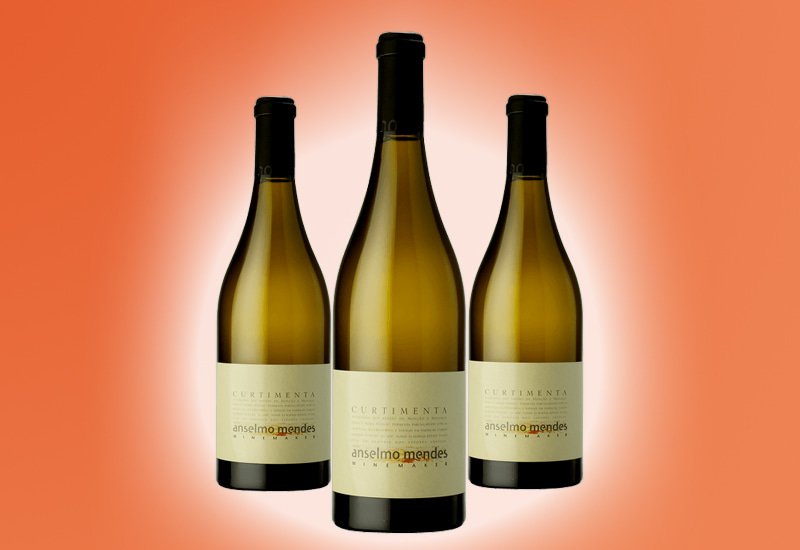
Here we have a great wine that’s considered first-class among the Alvarinho wines. It has notes of citrus fruits, ginger, oatmeal, and floral aromas. This wine also has great structure with creamy, buttery notes on the palate.
Price of 2011 Anselmo Mendes Curtimenta Alvarinho Vinho Verde, Portugal: $81
6. 2014 Anselmo Mendes Expressoes, Vinho Verde, Portugal

This golden-hued wine has aromas of fine wood, melon, and citrus fruit. It has a beautiful aftertaste with medium acidity and slight effervescence.
Price of 2014 Anselmo Mendes Expressoes, Vinho Verde, Portugal: $30
7. 2017 Ameal Solo Unico, Vinho Verde, Portugal
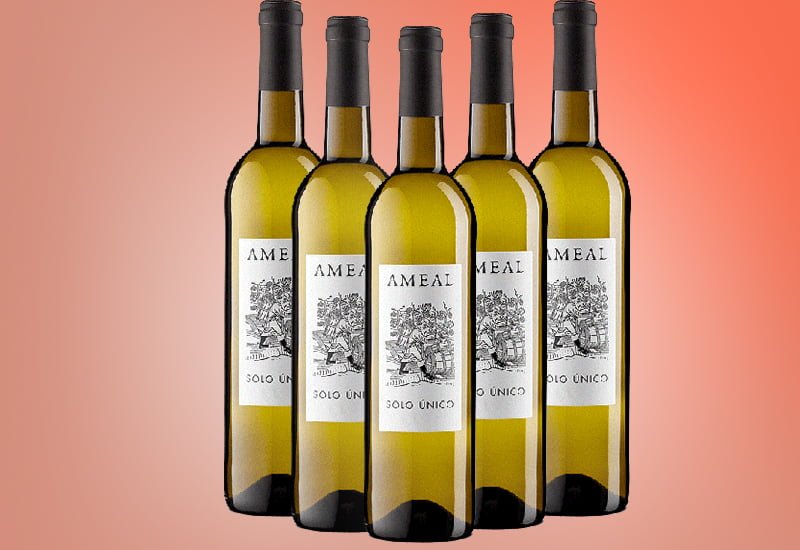
Here we have an intense Portuguese wine with deep textures and hints of lime, herbs, and bay leaf notes. It has a creamy softness with good minerality and freshness.
Price of 2017 Ameal Solo Unico, Vinho Verde, Portugal: $48
8. 2011 Quinta da Pedra Alvarinho, Moncao e Melgaco, Portugal

This light-bodied wine has a complex flavor bouquet of ripe yellow fruits, honeydew, grapefruit, and lemon zest hints. The palate is concentrated with high acidity, gentle effervescence, and a fresh finish.
Price of 2011 Quinta da Pedra Alvarinho, Moncao e Melgaco, Portugal: $27
Let’s see if these wines will age well in your cellar.
Does Vinho Verde Wine Age Well?

Vinho Verde is usually served as a young wine immediately after bottling and release.
However, some high-quality Vinhos Verdes have an aging potential of 5 to 7 years. In particular, the single-varietal wines made with the Arinto, Avesso, Batoca, Loureiro, and Alvarinho grape varieties age well because of their great acidity and body.
With its reasonably good aging potential and delightful flavor profile, Vinho Verde is a great addition to your wine collection.
But, if you’re looking for long-aging wines with great investment potential, you have plenty of other impressive options as well.
But, how do you build a collection of handpicked, age-worthy wine bottles from around the world?
That’s where the wine investment platform, Vinovest, steps in.
Here’s how it works.
Buy Vinho Verde Wine and Other Fine Wines Through Vinovest

Vinovest is a leading wine investment company that offers the easiest way to source, manage, and grow a collection of investment-grade wine.
How does it work?
All it takes is four easy steps to get started:
- Sign up with your name, email address, and password.
- Fill out a form about your investment preferences and risk appetite.
- Add a minimum of $1,000 to your account.
- Allow Vinovest to curate your collection of wines while you sip on a glass of sparkling wine!
What are the benefits?
Vinovest offers these terrific benefits:
1. Easy Buying and Selling of the World’s Best Wines
With Vinovest’s AI platform, you can buy and sell your fine wines with just a few simple clicks.
2. The Best Prices
Vinovest offers unbeatable prices as they source wines directly from the best winemakers and wine merchants in the business (with no middlemen involved.)
3. Excellent Storage
Vinovest keeps all your wines in bonded warehouses under optimal conditions maintaining the right conditions of light, humidity, temperature, and vibration.
4. Low Fees and Tax Advantages
Vinovest charges lower fees than most other wine investment firms — a 2.5% yearly fee or 1.9% for a portfolio exceeding $50,000. This amount includes buying and selling wines, storage, insurance, wine fraud detection, and portfolio management.
Vinovest also offers significant tax advantages, since the bonded warehouses charge no VAT or excise duty on your wine.
5. Curated Portfolio
Vinovest’s team of master sommeliers and data scientists will take on the task of doing the hard research and number crunching for you. This way, you get to build a winning portfolio of wines in no time.
6. Authenticity
Vinovest traces your wine’s provenance to ensure its authenticity, so you don’t have to worry about purchasing a counterfeit bottle ever again.
7. Easy Delivery
Vinovest will deliver your bottles of wine anywhere you want.
8. Ownership
You own each bottle of wine you purchase through Vinovest.
Sip a Summery Vinho Verde While You Build a Wine Collection!
Vinho Verde wines are a great addition to any wine cabinet. With a flavorful bouquet of aromas and an unexpected hint of fizz, they promise a little something for all wine drinkers.
But if you’re looking to build an investment-grade wine collection, simply turn to a wine investment expert like Vinovest to do the job for you.
So sign up now and start adding a bottle of Portuguese wine and more to your portfolio.
